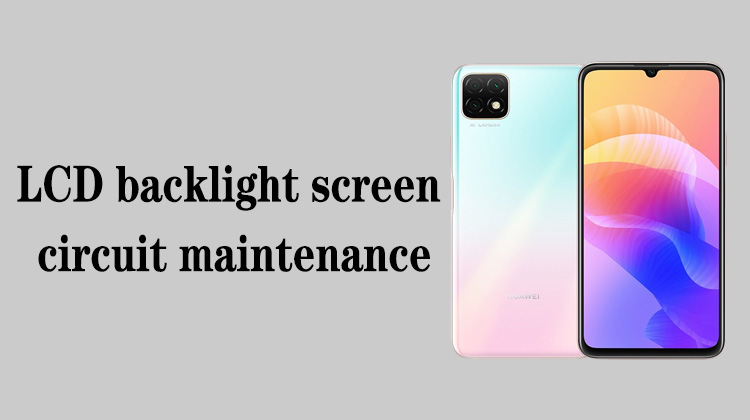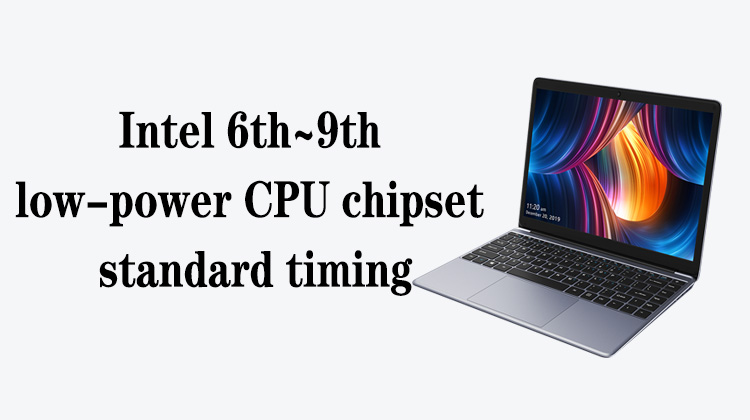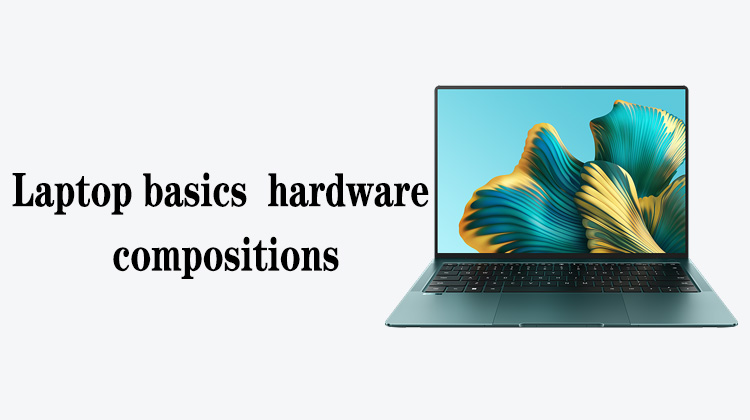1
00:00:00,466 --> 00:00:03,866
Hello everyone, today we are going to learn about clock signals
2
00:00:04,833 --> 00:00:06,900
The clock signal is called clock
3
00:00:07,300 --> 00:00:11,000
It is an indispensable condition in the work of digital circuits
4
00:00:12,066 --> 00:00:15,600
It is to provide a benchmark for the work of digital circuits,
5
00:00:15,800 --> 00:00:19,233
so that all connected devices work in a unified pace
6
00:00:20,566 --> 00:00:22,866
The basic unit of a clock is Hertz
7
00:00:24,666 --> 00:00:29,200
The clock circuit sends out different clock frequencies for different devices
8
00:00:29,866 --> 00:00:36,566
However, two connected devices must have the same clock frequency and voltage to communicate properly
9
00:00:37,666 --> 00:00:40,233
Common clock frequencies are as follows:
10
00:00:44,266 --> 00:00:48,633
Intel CPUs 6 generations or older have three sets of clocks
11
00:00:49,133 --> 00:00:56,666
For example, this CPU, it has a PCI_BCLKP/N, which is 100MHz
12
00:00:58,000 --> 00:01:03,166
There is also a BCLKP/N, and this bus clock is 100MHz
13
00:01:04,233 --> 00:01:09,566
There is also a CLK24P/N, which is 24MHz
14
00:01:10,700 --> 00:01:15,566
These are the three sets of clocks that CPUs will need after 6 generations
15
00:01:16,700 --> 00:01:19,800
PCH usually has two crystal oscillators
16
00:01:20,933 --> 00:01:30,866
One is 32.768KHz RTC oscillator, and the other one is 25MHz or 24MHz crystal oscillator
17
00:01:40,133 --> 00:01:42,900
PCIE bus has clock of 100MHz
18
00:01:45,566 --> 00:01:53,600
For example, PCH sends signals to the network card, mini PCIE slot, and independent graphics card......
19
00:01:53,900 --> 00:01:56,966
They all use a 100MHz PCIE bus clock
20
00:02:01,300 --> 00:02:05,633
The LPC bus clock is 33MHz or 24MHz
21
00:02:14,100 --> 00:02:20,666
For CPUs over 11 generations, the clock crystal is changed to 38.4MHz
22
00:02:26,966 --> 00:02:31,400
The clock crystal of an independent graphics card is 27MHz
23
00:02:33,700 --> 00:02:40,866
It is managed by the CPU through the PCIE bus, and a 100MHz PCIE bus clock is also required
24
00:02:43,833 --> 00:02:48,066
T2 chip or M1 processor clock crystal is 24MHz
25
00:02:49,366 --> 00:02:52,733
Apple's EC crystal frequency is 12MHz
26
00:02:53,833 --> 00:02:58,466
There is also an eSPI bus, and the eSPI bus clock is not fixed,
27
00:02:58,766 --> 00:03:00,733
so it is not described here
28
00:03:01,900 --> 00:03:09,833
Because the eSPI bus clock can be programmatically customized, usually between 20MHz and 60MHz
29
00:03:14,500 --> 00:03:19,633
In general, clock frequencies above 100MHz are differential clocks
30
00:03:23,566 --> 00:03:28,100
All other 100MHz clocks are basically differentially transmitted,
31
00:03:31,533 --> 00:03:35,533
which means that it takes two wires to transmit a set of clock signals,
32
00:03:36,333 --> 00:03:38,266
which we call a pair of clocks
33
00:03:42,300 --> 00:03:47,700
This differential clock, when measured through an oscilloscope, has this shape
34
00:03:53,500 --> 00:03:56,466
When the top one is high, the bottom one is low
35
00:03:58,800 --> 00:04:05,566
When the peak below becomes high, the peak above is low, which is called differential transmission
36
00:04:07,266 --> 00:04:11,466
Each of these lines can bemeasured a clock frequency of 100MHz
37
00:04:12,333 --> 00:04:16,333
LPC bus clock is 33MHz or 24MHz,
38
00:04:16,900 --> 00:04:20,366
this is a wire transmission, do not need two wires
39
00:04:21,100 --> 00:04:24,233
All clock signals need to be measured by oscilloscope
40
00:04:26,266 --> 00:04:30,100
The measured clock frequency is consistent with the marked frequency,
41
00:04:30,300 --> 00:04:32,166
indicating that it is normal
42
00:04:33,166 --> 00:04:35,966
Okay, this is the introduction of the clock signals







